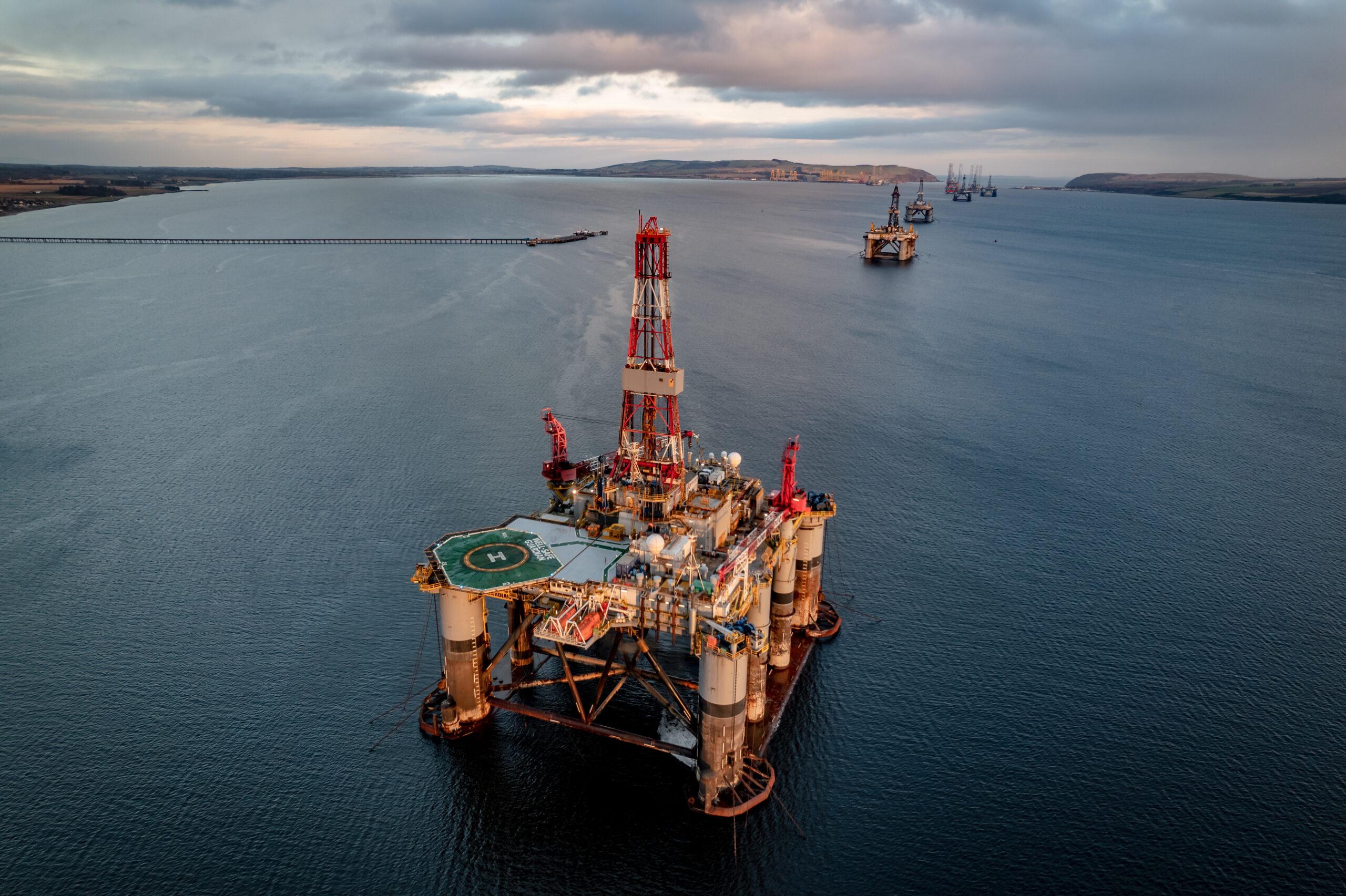
Penn State Team Discovers Hidden Structures, Invisible in Traditional Seismic Scans, that Block Pumping of Oil
A common problem with oil wells is that they can run dry even when sound-based measurements say there’s still oil there. A team from Penn State University used PSC’s flagship Bridges-2 supercomputer to add a time dimension to these seismic measurements, as well as to analyze how oil damps down the loudness of sound traveling through it. Their preliminary analysis suggests that hidden rock structures in oil reserves prevent all the oil from being pumped out. They’re now scaling up their work to tackle realistically sized oil fields.
WHY IT’S IMPORTANT
Given all the complexity of finding oil in more remote and deeper locations, we need to drill smarter. Waste was always expensive, but today it’s particularly important to be as clean and efficient as oil and gas extraction can be.
Experts use the movement of sound through the Earth to spot where oil deposits should be. Those measurements also tell us the approximate size of a given reserve. Still, it’s common for a well to go dry after only a fraction of its suspected oil has been pumped out. Penn State’s Tieyuan Zhu and his students and postdoctoral fellows wanted to understand why that is — and to develop more accurate measurements of how much oil a given well will actually produce.
“We actually tested … data from the North Sea. You know, they started drilling in 2008 and based on their estimation … they could produce oil for 20 years, 30 years. But unfortunately, after two years, there was nothing. Their well is dry. They just got confused. Where is the oil? Gone? The big issue actually is the complexity of the geology in the reservoir.”
— Tieyuan Zhu, Penn State
The team’s approach, studying more aspects of the data from sound measurements than previously employed, would require more computing power. Also, they would need large memory to store parts of the problem in the computer’s processors without time-costly trips back to data storage. PSC’s NSF-funded Bridges-2 was the answer to this problem, thanks to an allocation from ACCESS, the NSF network of computing sites.
HOW PSC HELPED
Oil doesn’t sit in pools underground. When it’s present, it’s soaked into porous rock. Solid rock transmits sound more readily than oil-drenched rock. So experts can spot oil reserves by the way they slow down sound traveling through them. Much like a medical ultrasound, these seismic methods produce 3D images of where that oil-sodden rock sits.
Despite those sophisticated maps, though, wells drilled based on those images often come up short. Zhu’s team reasoned that there were literally parts of the picture that the 3D imaging wasn’t capturing. They suspected that obtaining images of the same reserves on different dates — adding time to create a kind of 4D animation — would help build a more accurate picture.
Another piece of the puzzle would be to include more features of the seismic data in the analysis. Previously, oil reserves were spotted by the longer amount of time it takes sound to move through them. To this time data, the Penn State scientists added the amplitude of the signal — how oil damped out its loudness.
This all posed computational problems. The computer would need lots of fast processors to crunch the calculations in a reasonable amount of time. But it would also need to temporarily store parts of the problem in its memory — like RAM in a laptop — so that it didn’t need to keep going back to read the stored data, which slows everything down. Bridges-2, with over a thousand powerful central processing units (CPUs) in its regular memory nodes, could provide the speed. It could also provide the memory, as its CPU nodes each feature between 256 and 512 gigabytes of RAM — eight to 16 times as much as a high-end gaming laptop.
“We have two postdocs and also one graduate student using Bridges-2 … the first phase of using Bridges-2 was to parallelize our research code … and make it more practical … The second phase is really to implement the code to the field data … PSC guaranteed me a hundred thousand computing hours, and also the memory to store my data, my field data … That just cannot be achieved with our local [resources].”
— Tieyuan Zhu, Penn State
The team’s repeated measurements and expanded analysis yielded paydirt. They found that the images mapped out by time alone, in a single measurement, missed structures within the oil reserve. Some of these structures, such as a layer of more solid rock within the reserve, wouldn’t affect the speed of the sound enough to be detected. But it would prevent a well from sucking up the oil below it. The solution, in some cases, was simple. Drill a little deeper, and the rest of the oil would be accessible. The scientists reported their results in the journal Geophysics in September, 2024, with a more extensive result in the same journal in April, 2025.
The current report was just a proof of concept for their approach in a limited geological area, about 9 square miles. Currently, the team is expanding their computations to more nodes, so that the method can produce accurate maps for much larger areas, dozens of square miles. Another option Zhu’s group may explore in scaling up their work is using Bridges-2’s extreme memory nodes, which have 4,000 gigabytes of RAM apiece.
